Can Mobile Auto Glass Services Deliver the Same Quality as Shop Installations?
Highlights:
- Modern mobile auto glass teams can deliver shop-quality work when they use proper tools, certified adhesives, and follow safety standards.
- Success depends on technician training, OEM procedures, climate-controlled curing, and ADAS calibration.
- Bad weather, uneven parking surfaces, and rushed cure times are the biggest mobile risks.
- Clear documentation, quality primers, and correct glass handling prevent stress cracks and leaks.
- 877 Glas Guy serves drivers in Castle Rock, WA with mobile and in-shop solutions designed to meet the same safety and performance benchmarks.
Understanding Mobile Auto Glass Capabilities
Mobile auto glass has come a long way from the “chip-and-go” image of a decade ago. Today’s vans carry precision setting systems, climate monitors, vacuum tools, and catalyzed urethanes that rival what you’ll find in a storefront bay. The question most drivers ask is simple: can mobile installers truly match shop-quality results? The short answer is yes—when the team follows recognized standards, uses the right materials, and controls the environment. The longer answer is that mobile conditions can introduce variables a good shop mitigates by default, so process discipline matters more on the road.
Meeting Federal Glass Safety Standards
The foundation of any quality installation is the glass and the standard it meets. Windshields aren’t just panes; they’re engineered safety components that must preserve driver visibility, occupant containment, and structural support. According to NHTSA, Federal Motor Vehicle Safety Standard (FMVSS) No. 205 sets glazing requirements to reduce injury and ensure transparency. Installing a windshield that meets these standards is step one; step two is bonding it correctly so it can help your airbags and roof-crush performance do their job in a crash.
Importance of Adhesive Chemistry
Adhesive chemistry is the next make-or-break factor. High-modulus, non-conductive urethanes deliver structural strength and corrosion protection, but only if primers are applied to the correct thickness, the glass and body are cleaned properly, and the adhesive achieves its minimum safe drive-away time (SDAT). Mobile teams must monitor temperature and humidity, which influence cure rates. Good technicians bring hygrometers, surface thermometers, and technical data sheets, then choose the right urethane for the weather. Shop installers are spoiled with predictable conditions; mobile techs compensate with better measurement and timing.
FAQ
Is mobile glass as safe as shop glass?
Yes—when the same standards, adhesives, and procedures are followed. Safety hinges on process, not location.
Can rain or cold delay my installation?
Absolutely. Moisture, low temperatures, and high humidity affect curing. A pro will reschedule or use products rated for conditions.
How soon can I drive after a mobile install?
Your tech will state an SDAT based on the adhesive and weather. It can range from about one hour to several hours.
Pre-Appointment Preparation and Setup
A proper mobile installation starts long before the van arrives. Pre-appointment screening verifies the VIN, glass options (acoustic interlayers, heads-up display zones, camera brackets), and whether the vehicle needs recalibration. The parking spot matters too: level ground ensures accurate glass setting, especially with mechanical or laser setting systems that replicate shop jigs. Techs will ask for shelter from wind and rain, or they’ll set up portable awnings. If conditions compromise safety or quality, a reputable company will pivot to in-shop service instead of forcing a questionable outcome.
Surface Preparation and Glass Handling
One of the biggest differences between a passable job and a premium one is surface preparation. Corrosion at the pinch weld, paint chips from prior removals, and contamination from silicone detailers all undermine bonding. Mobile installers who match shop quality use glass-safe scrapers, dedicated daubers for primers, lint-free wipes, and nitrile gloves to avoid skin oils. They also “wet-out” primers evenly and observe flash times. Finally, they set the glass with suction cups and control blocks (or setting tools) to maintain OEM stand-off height, preventing optical distortion and stress.
ADAS Calibration Considerations
Advanced driver-assistance systems (ADAS) raise the stakes for both mobile and shop work. Lane-keeping and emergency braking often rely on cameras mounted to the windshield, and even a small misalignment can change how the system “sees” the road. According to the Insurance Institute for Highway Safety (IIHS), many repairs that involve windshield work require camera or sensor calibration, and post-repair issues are more common when calibration isn’t handled properly. Mobile teams that offer on-site calibration with certified targets can meet shop-level quality—when they follow OEM procedures.
FAQ
Do all vehicles need calibration after windshield replacement?
Not all, but many late-model vehicles do. Your year, make, and options determine whether static, dynamic, or dual calibration is required.
Can calibration be done in my driveway?
Yes, if space, lighting, levelness, and distance requirements are met. If those can’t be guaranteed, reputable providers move the job in-shop.
How will I know calibration was successful?
You should receive documentation with pre- and post-scan results, calibration type performed, and any OEM steps followed.
Industry Standards and Quality Assurance
Quality assurance also comes from the standard that guides the work. The Auto Glass Safety Council publishes a consensus benchmark for replacement procedures covering everything from adhesive selection to technician training and recordkeeping. According to the Auto Glass Safety Council, the AGRSS™ Standard represents current best practices compiled by a balanced committee of industry stakeholders. Mobile teams that implement this standard, train to it, and audit for compliance can replicate the repeatability of a controlled bay—because their process is engineered, not improvised.
Environmental Challenges and Solutions
Weather is the mobile installer’s constant opponent, but it’s manageable with forethought. Rain and dust are contamination risks; cold slows cure; heat accelerates skinning. Best-in-class mobile crews carry climate-appropriate urethanes, heated or cooled storage, and backup plans. They may stage vehicles under temporary shelters, reschedule for safety, or finish the bond and ask you to keep doors closed for the first hours to avoid body flex that can disturb the setting glass. This isn’t corner-cutting; it’s the same judgment a shop uses—applied to more dynamic environments.
Documentation and Warranty Practices
Documentation separates professionals from pretenders. Expect photos of the pinch weld, batch numbers for primers and urethane, recorded ambient and substrate temperatures, SDAT communicated in writing, and calibration reports attached to your work order. Good mobile providers offer the same warranty terms as their shop, show proof of technician certifications, and carry insurance that reflects the structural role your windshield plays. If you’re filing a claim, they’ll supply the insurer with OEM procedure sheets and calibration proof to avoid delays and back-and-forth.
Will insurance cover mobile service and calibration?
Many comprehensive policies do. Coverage varies by carrier and deductible; documentation helps streamline approval.
Are aftermarket windshields okay?
Quality varies. What matters is that the part meets applicable standards and supports camera brackets and sensors precisely.
How can I vet a mobile provider?
Ask about AGRSS compliance, technician training, calibration capabilities, product batch tracking, and written warranties.
Evaluating Mobile vs. Shop Performance
So—can mobile auto glass match shop quality? Yes, when the team treats your driveway like a temporary bay and refuses to compromise on standards, materials, conditions, and calibration. In markets like Castle Rock, WA, mobile service is often the most convenient option, especially for busy commuters or families with limited time. Choose a provider that proves their process, not just their price, and you’ll get structural integrity, clear optics, and correctly functioning safety systems without ever stepping into a storefront.
Checklist for Choosing a Qualified Installer
If you want a practical checklist, start here. Confirm your installer follows AGRSS best practices, verifies OEM procedures by VIN, and can perform static and/or dynamic calibrations as required. Ask for SDAT in writing based on actual weather. Ensure they use non-conductive urethane when vehicles require it, protect your interior from debris, and seat the glass to the right stand-off height. Finally, inspect for even gaps, clean primer lines, and documented post-work scans. These are the same benchmarks a quality shop uses—brought to your curb.
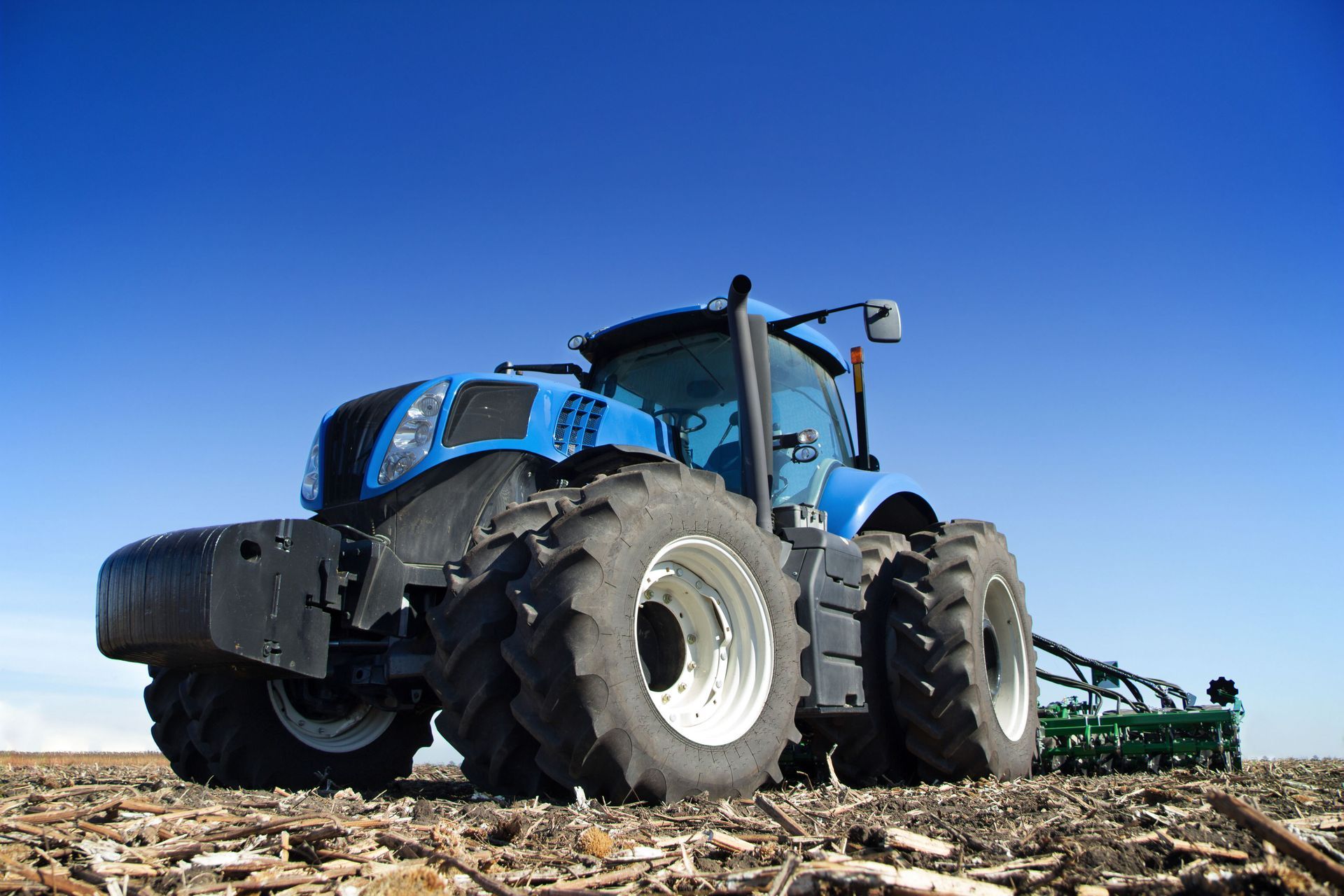
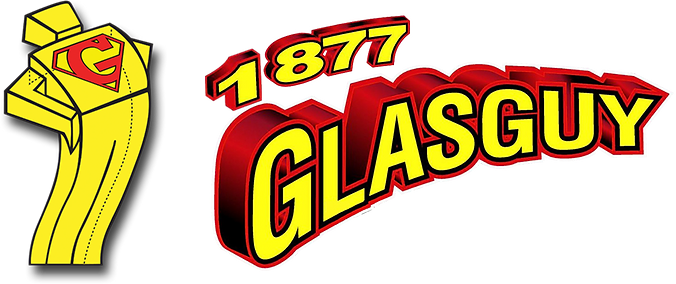
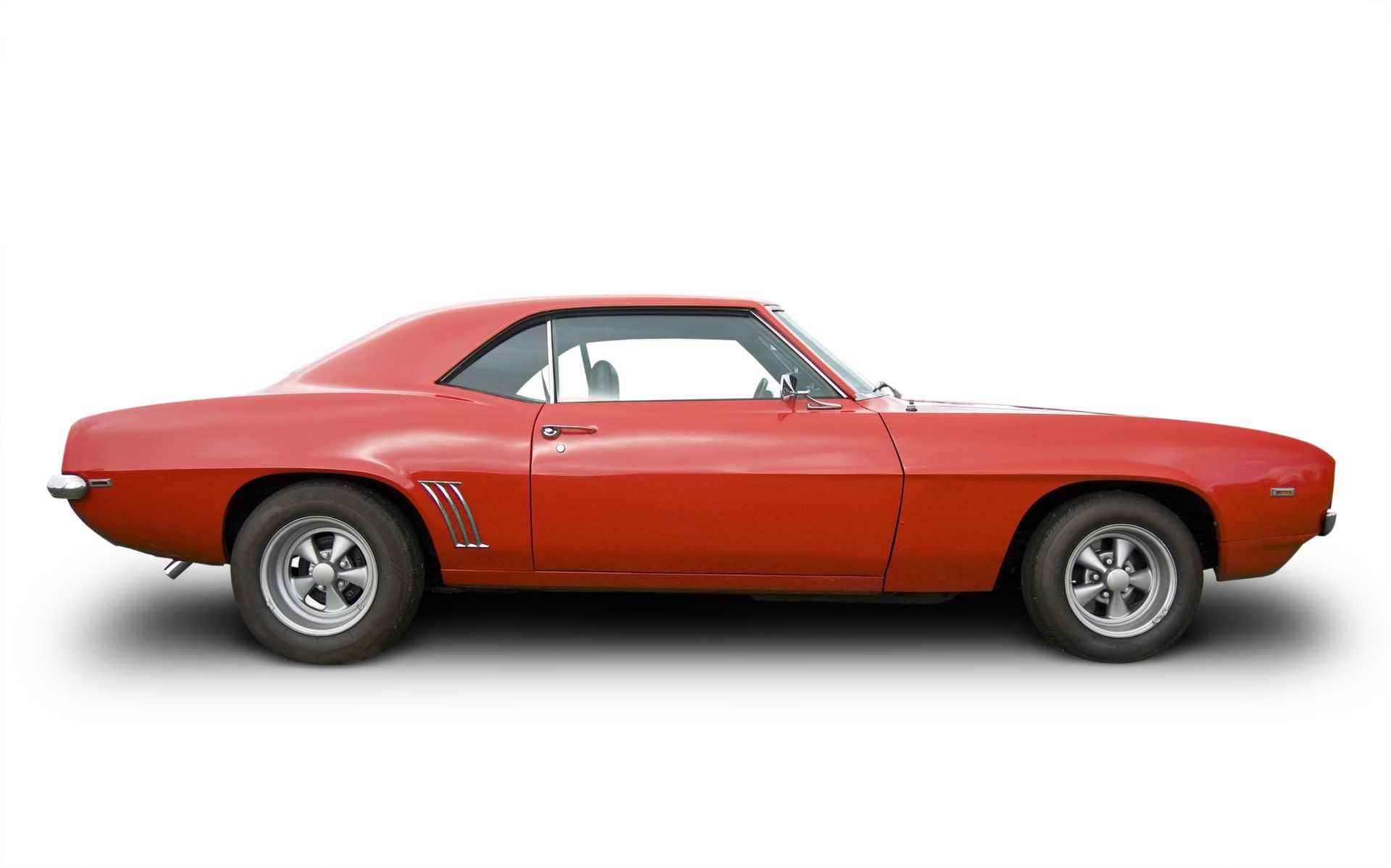
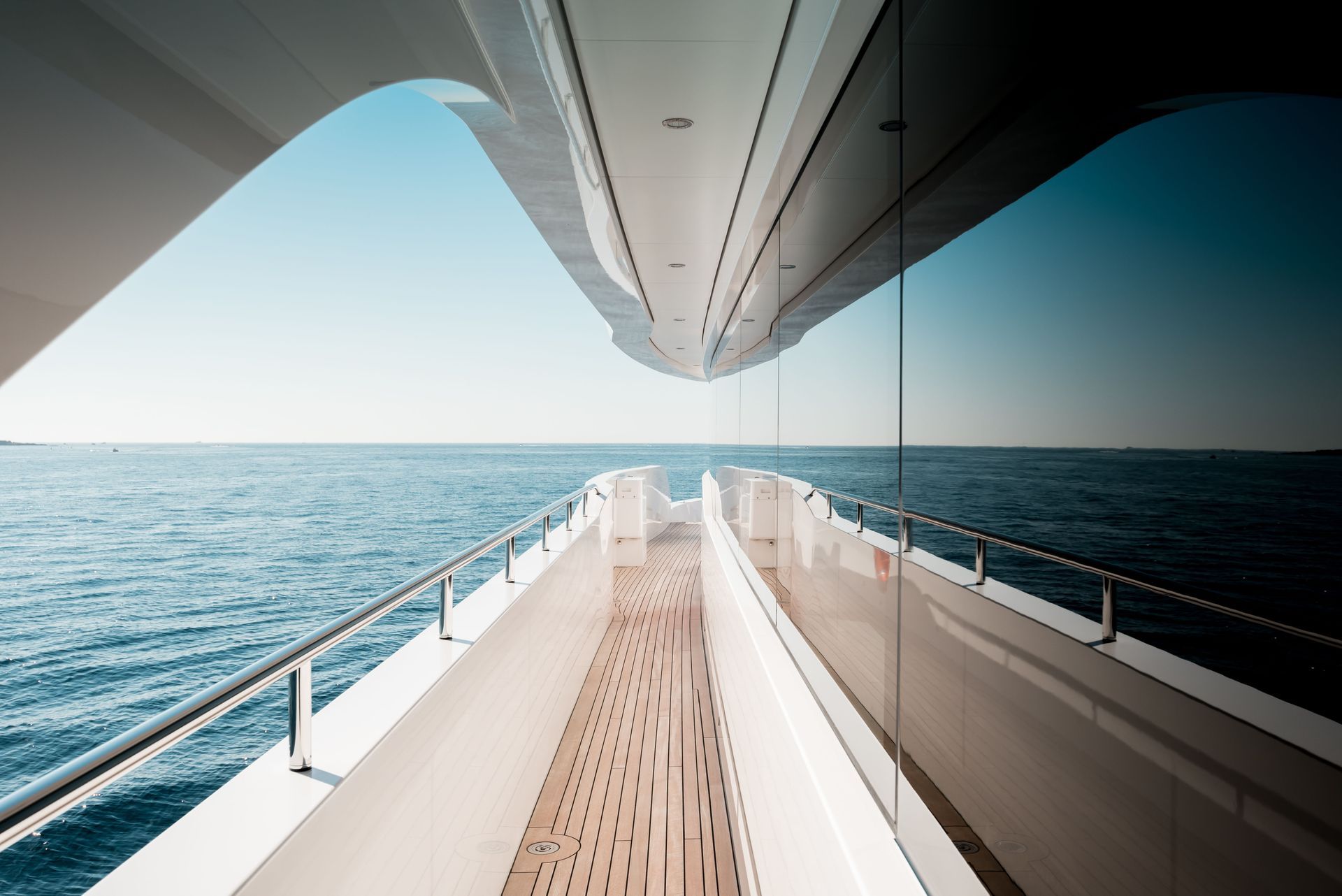
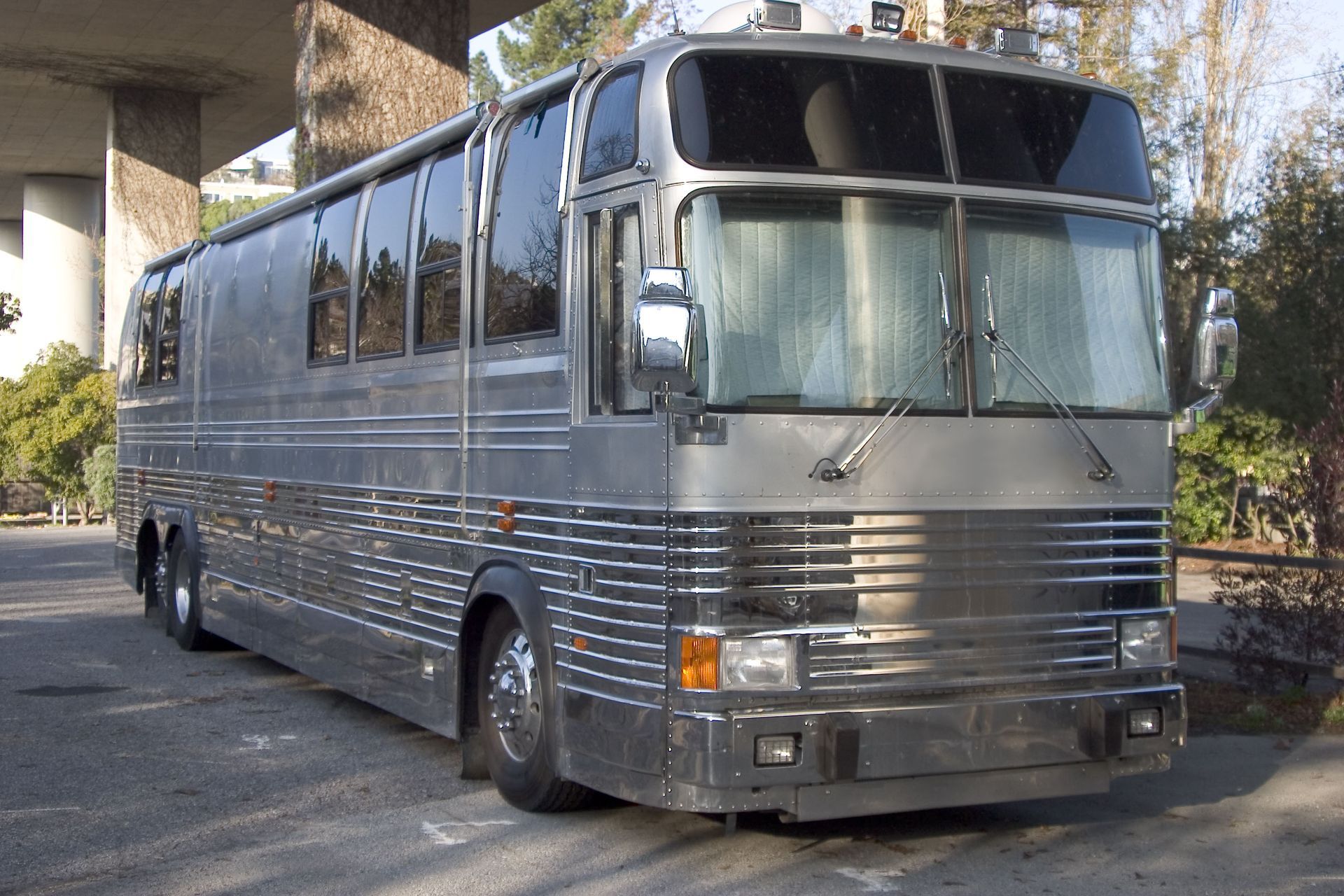
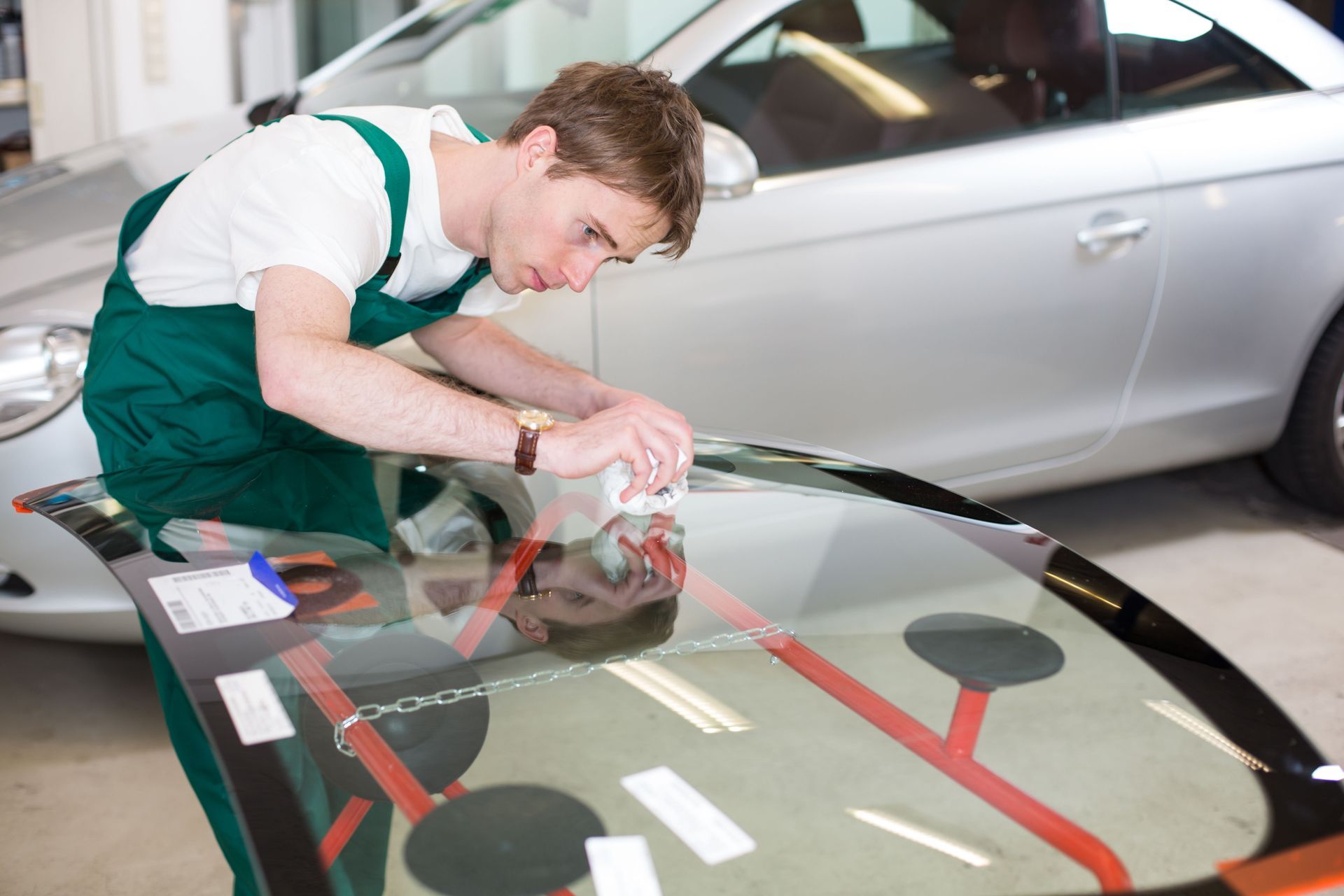
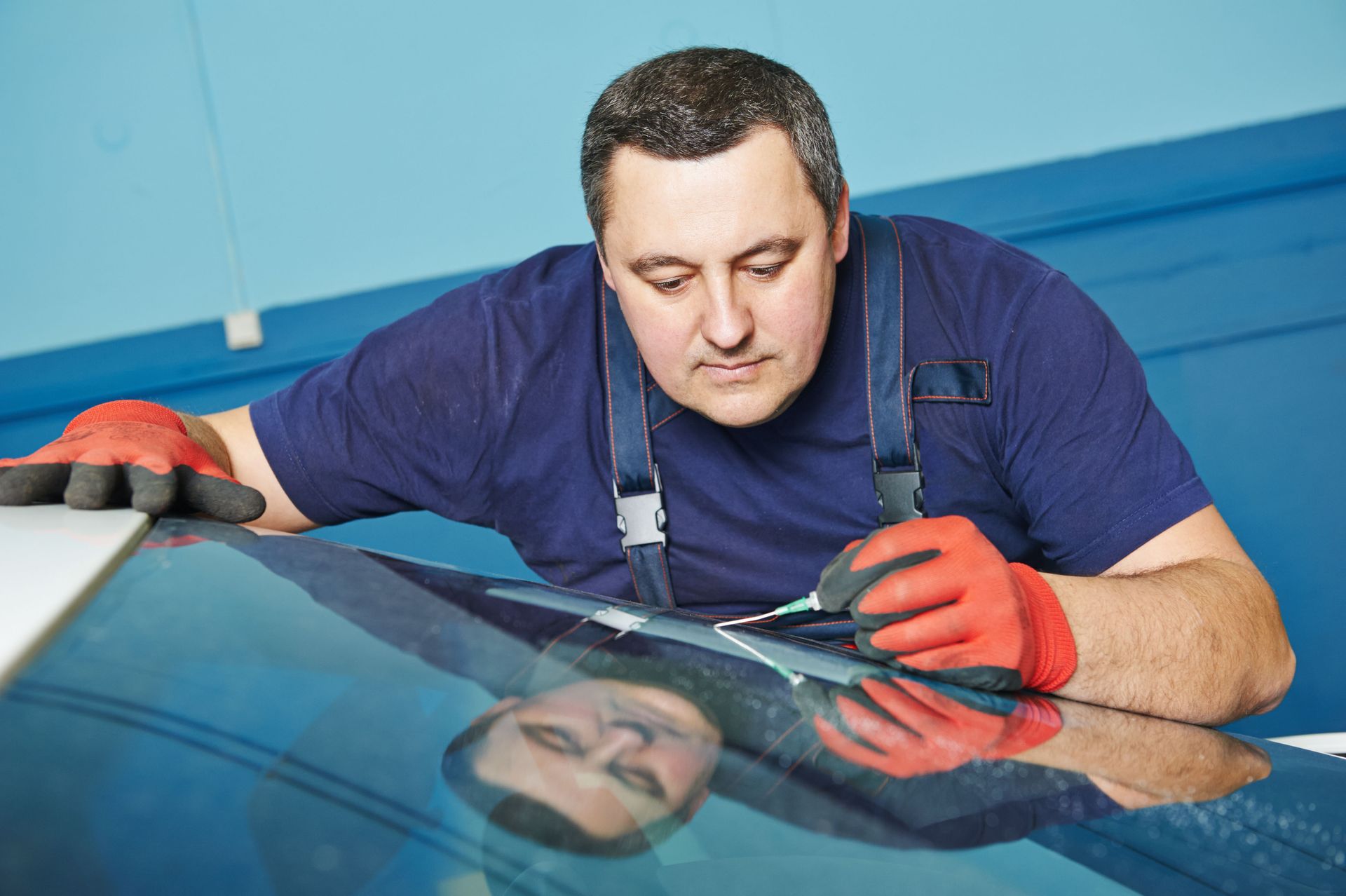
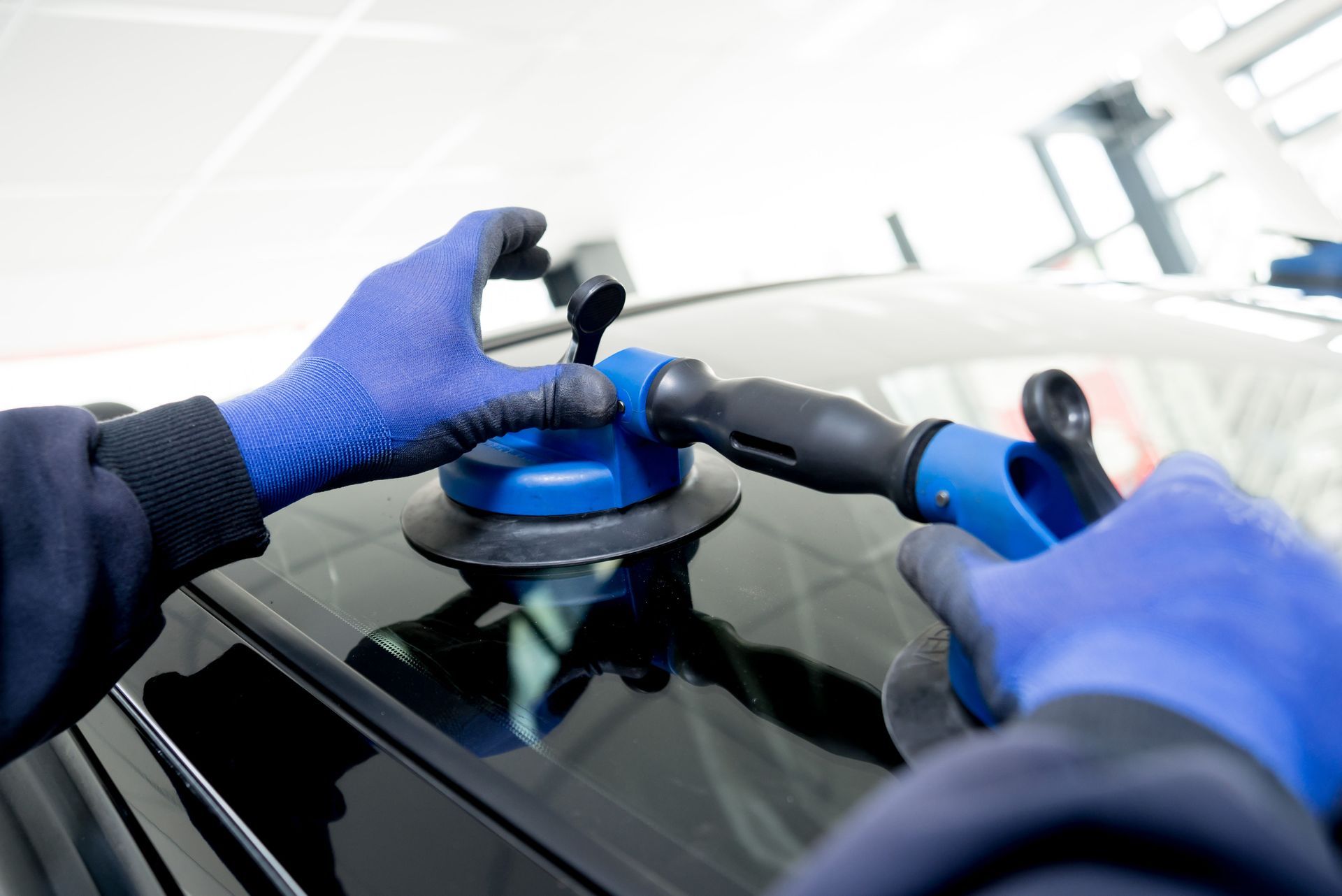
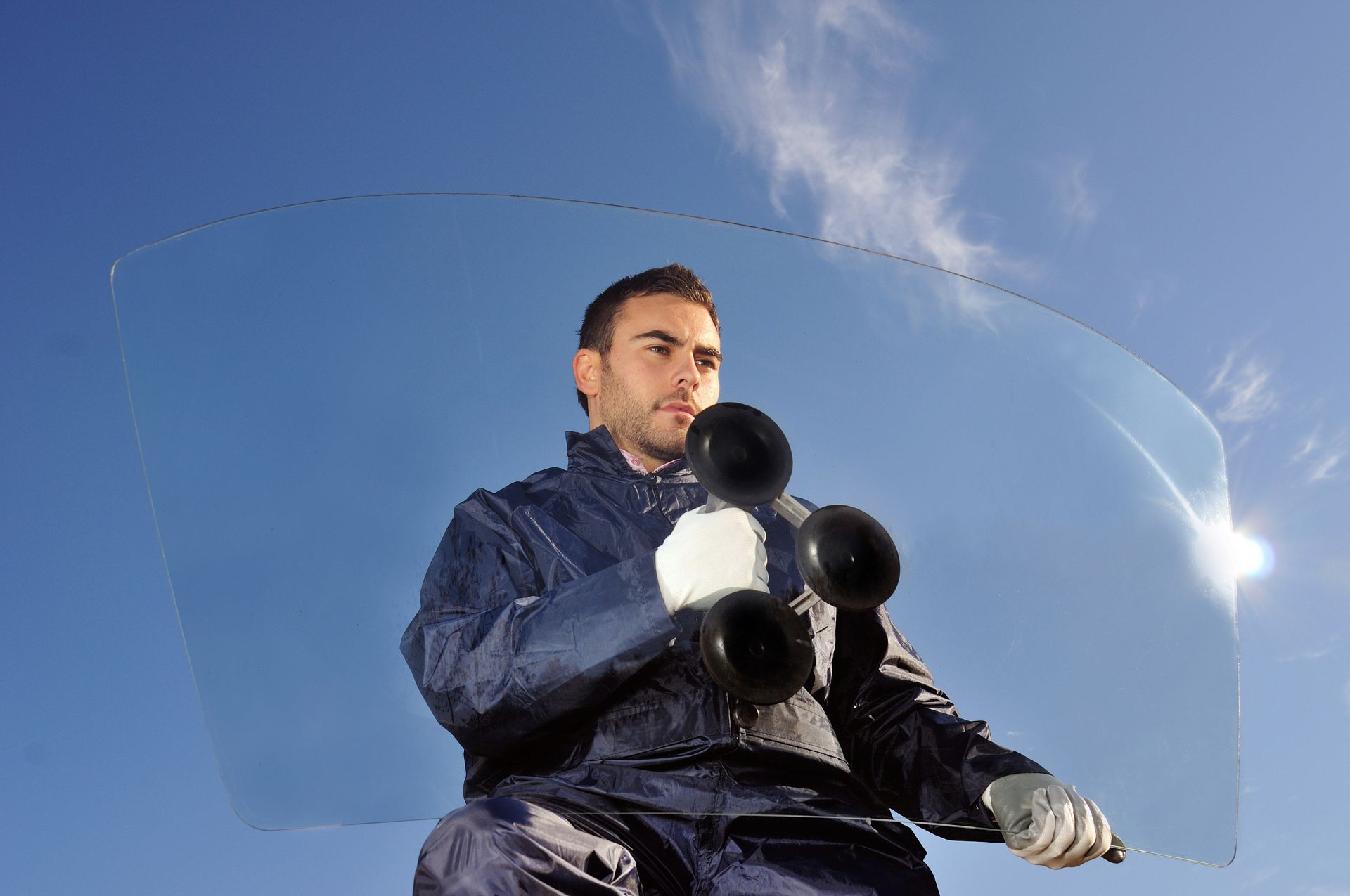


Share On: